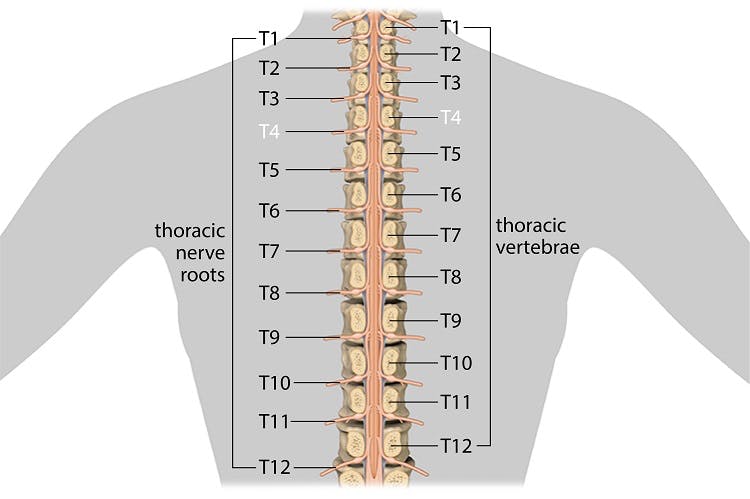What to Expect After a T4 Spinal Cord Injury: Is Recovery Possible?
Life after a T4 spinal cord injury will require some lifestyle adjustments.
To help you understand what to expect following a T4 spinal cord injury, this article will go over what muscles are affected and recovery outlook. Let’s get started!
Understanding Spinal Cord Injury Levels
The amount of functions affected will depend on your level of injury. Level of injury refers to the lowest area of the spinal cord where individuals exhibit normal sensation and mobility.
The spinal cord has 31 segments, based on the 31 pairs of nerves that exit from it at each vertebral level. These nerves are divided into (top to bottom):
- 8 cervical
- 12 thoracic
- 5 lumbar
- 5 sacral
- 1 coccygeal
Because of these nerves, every level of the spinal cord receives sensory information from different areas of skin (dermatome) and innervates different muscles (myotome).
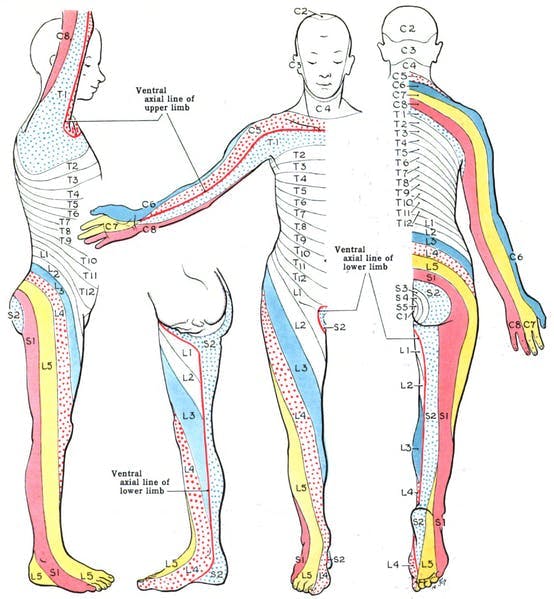
The thoracic region of the spinal cord innervates the muscles in your trunk.
Your spinal cord relays signals between your brain and body. After a spinal cord injury, these signals may not be able to pass through the damage, resulting in loss of motor function and sensation below your level of injury.
Functions Affected by a T4 Spinal Cord Injury
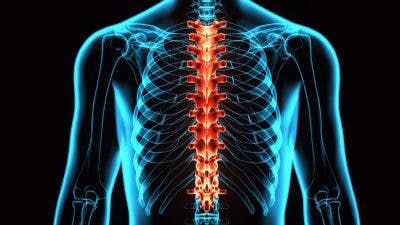
The T4 spinal nerves directly affect sensation around the 4th intercostal space (the area between your 4th and 5th rib), which is generally level with the nipples.
Therefore, depending on the severity of their injury, someone with a T4 spinal cord injury may not be able to feel or move anything from their chest down.
Functions that can be affected by a T4 spinal cord injury include:
Balance
The muscles in your core are responsible for maintaining balance between your upper and lower body.
Because a T4 spinal cord injury can result in paralysis or weakness from the chest down, individuals with this level of injury may be unable to sit upright without support or stand on their own.
Some ways to improve sitting balance include:
- Wearing a trunk brace, if recommended by your doctor or therapist
- Using a wheelchair seat mold
- Practicing sitting balance exercises
Bowel and Bladder
Depending on the severity of the T4 spinal cord injury, patients may not be able to control their bowel and bladder muscles. Because they cannot sense when their bladders are full, SCI patients are prone to accidents.
Additionally, individuals generally become less physically active due to paralysis/weakness, which decreases their metabolic rate and drastically slows down digestive functions. Additionally, T4 SCI patients will have disrupted messages from the bowels to the brain, meaning they will be unaware when it is time to have a bowel movement, and will likely have trouble relaxing the muscles necessary to release the bowels.
As a result, many SCI patients may feel uncomfortably bloated due to constipation and/or may have bowel accidents if not treated properly.
One of the most important tasks to learn following a T4 spinal cord injury is how to manage your bowel and bladder functions.
Management can involve catheterization, suppositories, manual evacuation of stool (called digital stimulation), bladder augmentation surgery, muscle relaxants, and sticking to a strict schedule.
Body Temperature Regulation, Heart Rate, and Blood Pressure
Individuals with T6 or higher level spinal cord injuries are more prone to experience autonomic dysreflexia.
The autonomic nervous system is responsible for regulating involuntary functions like body temperature, heart rate, blood pressure, and digestion.
However, after a spinal cord injury, regulation of these functions may be disrupted.
Autonomic dysreflexia is when the body becomes hyperreactive to noxious stimuli below your level of injury.
For example, if you were to accidentally hit your knee against a table, it would trigger a reflex that causes your blood pressure to shoot up. Typically, the brain would process that action and then send signals back down to the body to decrease blood pressure once the noxious stimulus was no longer a threat. However, these signals cannot get past the spinal cord damage, resulting in an overactive autonomic response.
Therefore, SCI patients must be aware of their surroundings and try to avoid instances that trigger autonomic dysreflexia like:
- Tight clothes
- Extreme temperatures
- Skin irritation or pressure sores
- Full bladder or bowel
- Kinked/blocked catheter or full catheter bag (if you have an indwelling catheter)
Staying Positive After T4 Spinal Cord Injury
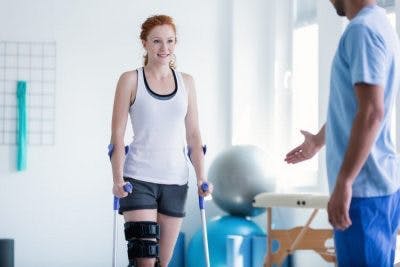
One of the best things you can do as you adapt to life after T4 spinal cord injury is focus on what you can do rather than what you can’t.
Luckily, individuals with T4 spinal cord injuries will have full control and sensation of their heads, neck, shoulders, arms, and hands.
Full upper limb mobility will enable T4 SCI patients to have a good amount of independence. They should be able to perform many activities of daily living like grooming and eating on their own.
Severity of injury plays a significant role in recovery outlook. Individuals with incomplete spinal cord lesions are capable of recovering affected functions to some degree by utilizing neuroplasticity.
An incomplete spinal cord injury means that neural connections between the brain and areas below the level of injury still exist.
Neuroplasticity is the ability of those connections to rewire themselves and adapt to functional demands. Therefore, through specific and highly repetitive practice, spared neural connections can pick up some of the slack and relearn weakened functions.
Life after an incomplete T4 spinal cord injury will definitely require some adjustments, but improvements (mentally and physically) are possible! By staying hopeful and committing to intensive rehabilitation therapies, the spinal cord can adapt.
Keep it going: Get 15 pages of rehab exercises for SCI recovery in our FREE ebook
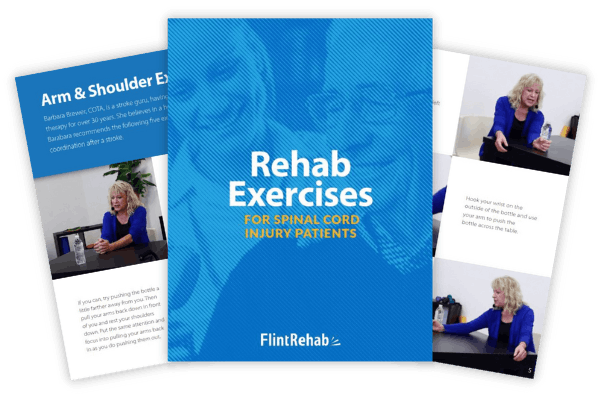
Get instant access to our free exercise ebook for SCI survivors. If you liked this post, you’ll LOVE our emails and ebook.
Each exercise features pictures of a licensed therapist to help guide you. You’ll also receive our popular recovery emails with SCI survivor stories and other useful tips — you can opt out anytime.
We will never sell your email address, and we never spam.
